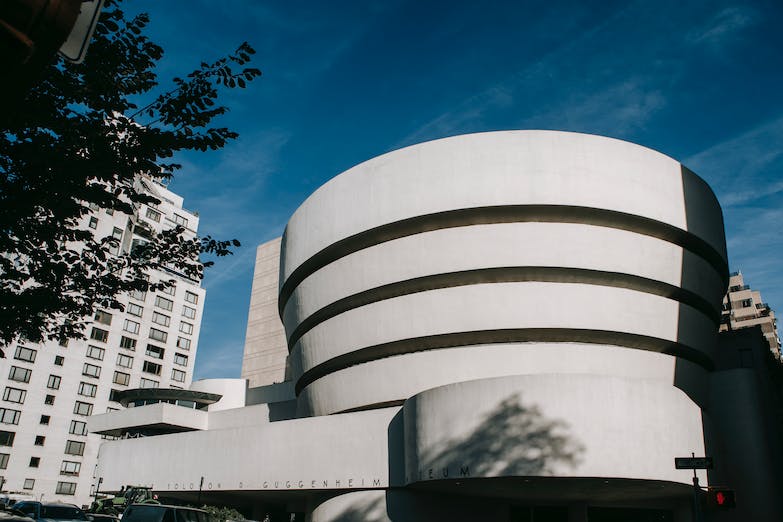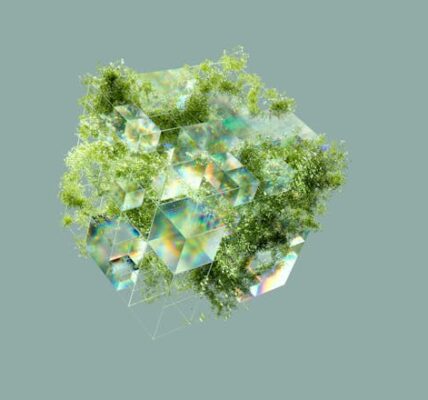Prompt Engineering for AI Art: Elevate Your Creative Process
Understanding the intricacies of prompt engineering for AI art is essential for anyone looking to refine their generative art projects. As the interface between human creativity and artificial intelligence, prompt engineering serves as a critical skill set for artists and creatives in the digital domain.
The Significance of Prompt Engineering in AI Art
At its core, prompt engineering is about effectively communicating with AI to produce desired artistic outcomes. This process involves crafting a set of instructions or ‘prompts’ that guide the AI in generating art that aligns with the creator’s vision. The challenge lies in the translation of human artistic intent into a language that AI can understand and act upon efficiently.
Starting with the Basics: What Is AI Art?
Before diving into prompt engineering, it’s crucial to define AI art. This term refers to the use of artificial intelligence, particularly machine learning algorithms, to create or contribute to the creation of visual pieces. The AI interprets input prompts to render images that can range from realistic to abstract, depending on the parameters set by the user.
Mastering Prompt Engineering: A Step-by-Step Guide
Mastering the art of prompt engineering requires a blend of creativity, technical understanding, and experimentation. Here’s a guide to help you navigate the process:
1. Understand Your AI’s Language
The first step is to familiarize yourself with the AI’s capabilities and limitations. Learn the specific keywords and syntax that your chosen AI platform operates on, as these will be the building blocks of your prompts.
2. Define Your Artistic Vision Clearly
Clearly articulate the concept or theme you want to explore in your art. The more precise you are with your vision, the better you can translate it into an effective prompt.
3. Experiment with Keywords and Descriptors
Use descriptive language that captures the essence of what you’re trying to create. Include details such as style, color palette, mood, and subject matter. It’s often a process of trial and error to find the right combination.
4. Iterate and Refine
AI art generation is rarely a one-shot process. Be prepared to iterate on your prompts, incorporating feedback from each output to refine your approach.
5. Learn from the Community
Engage with online communities and forums where artists share their experiences and prompts. This can be an invaluable resource for learning and inspiration.
Advanced Techniques in Prompt Engineering
Once you’ve grasped the basics, you can explore more advanced techniques, such as:
- Combining Prompts: Use multiple prompts in tandem to guide the AI more precisely.
- Conditional Statements: Implement ‘if-then’ scenarios to add complexity to your prompts.
- Sequential Prompts: Develop a series of prompts that build upon each other to create a narrative or progressive piece of art.
The Role of Iteration in Refining AI Art
Iterative processes are at the heart of prompt engineering. Each cycle of feedback and refinement brings you closer to the artistic outcome you envisage. This iterative loop is where the true craft of prompt engineering is honed.
It’s important to remember that while prompt engineering is a technical skill, it is also an art form in itself. The ability to communicate nuanced artistic concepts to a machine requires both linguistic precision and creative flair.
Exploring the Future of Prompt Engineering and AI Art
As AI technology advances, the role of prompt engineering in art creation will likely grow. Artists who can adeptly navigate this interface will find themselves at the forefront of a new era of digital creativity.
By mastering prompt engineering, you unlock the potential to push the boundaries of AI art, creating pieces that are not only visually captivating but also deeply infused with your artistic intent.






